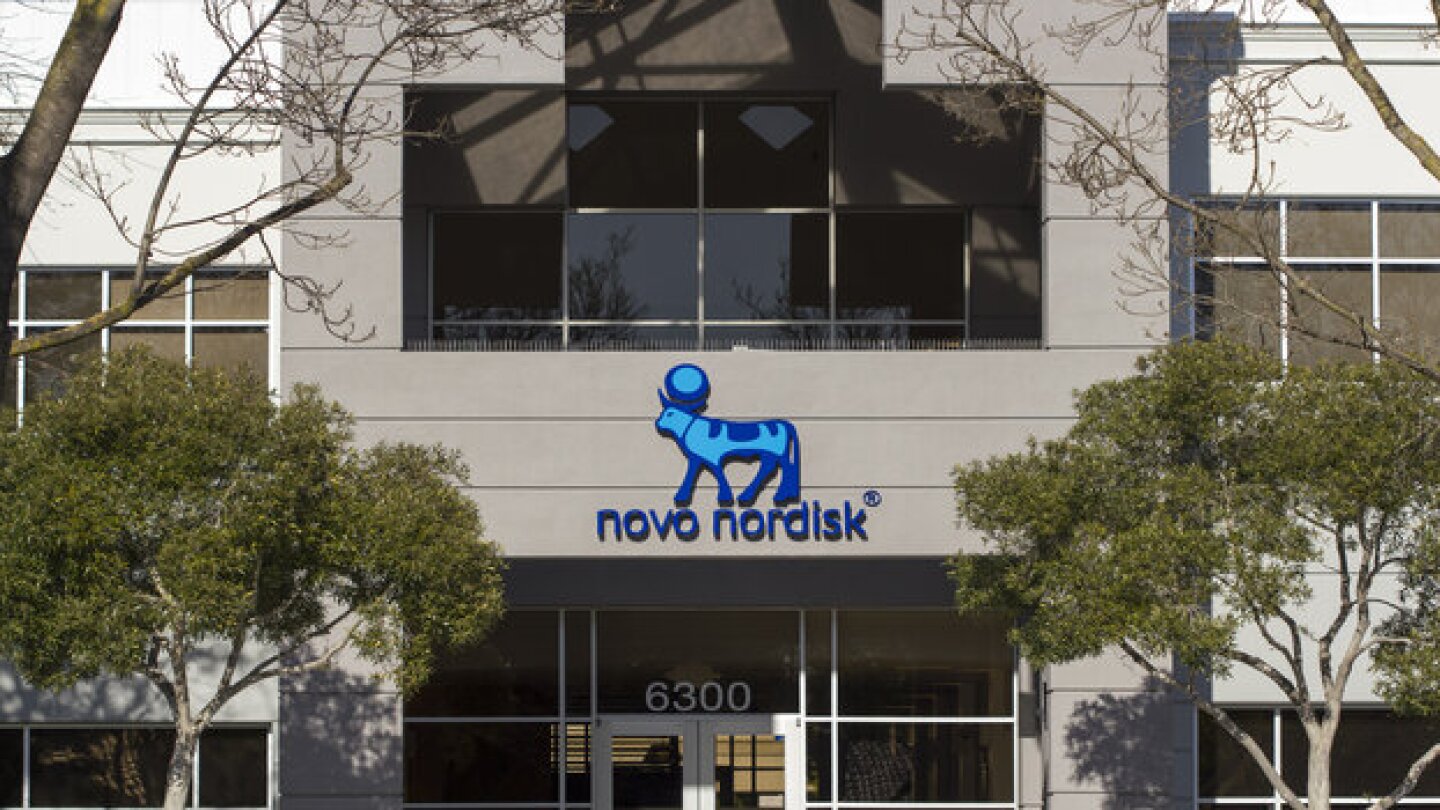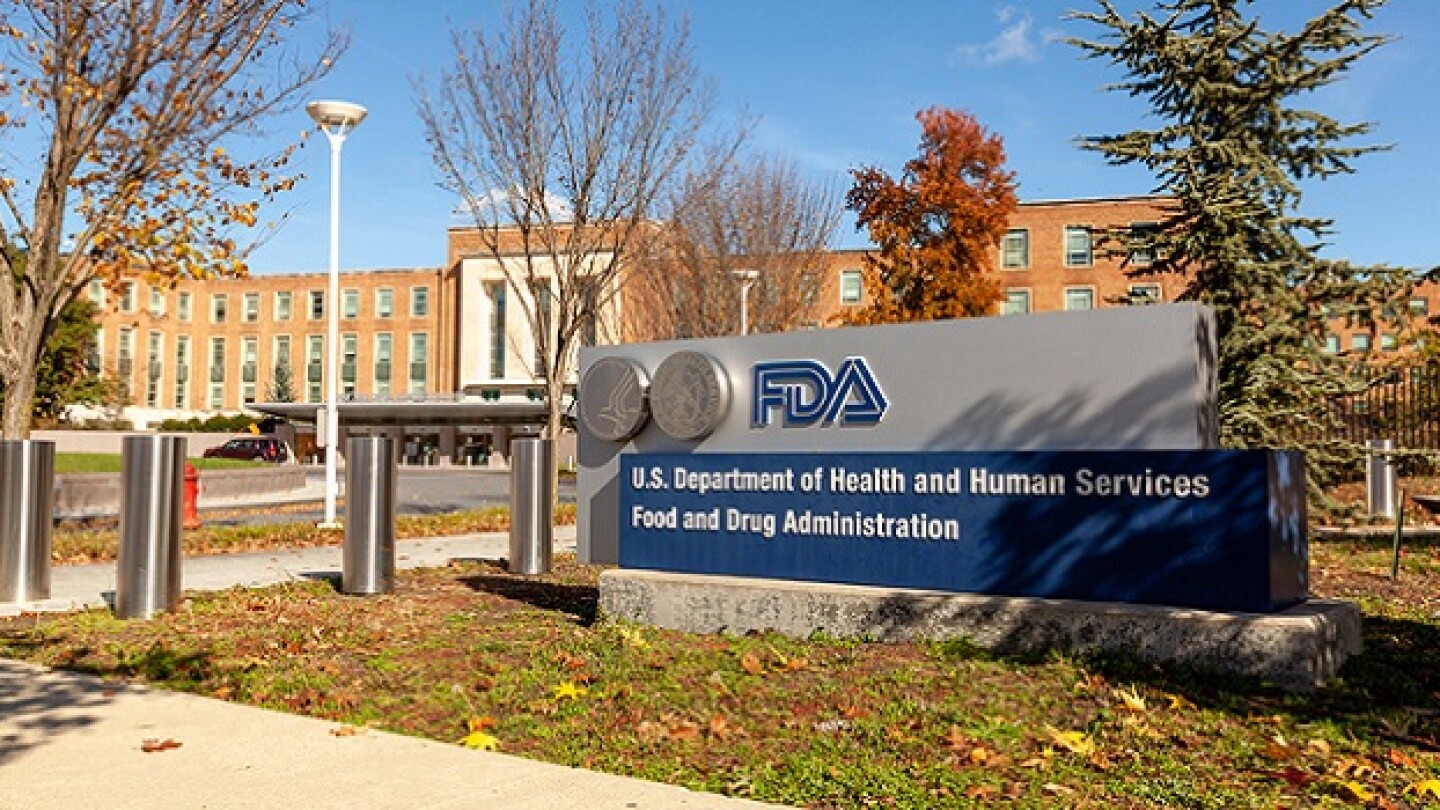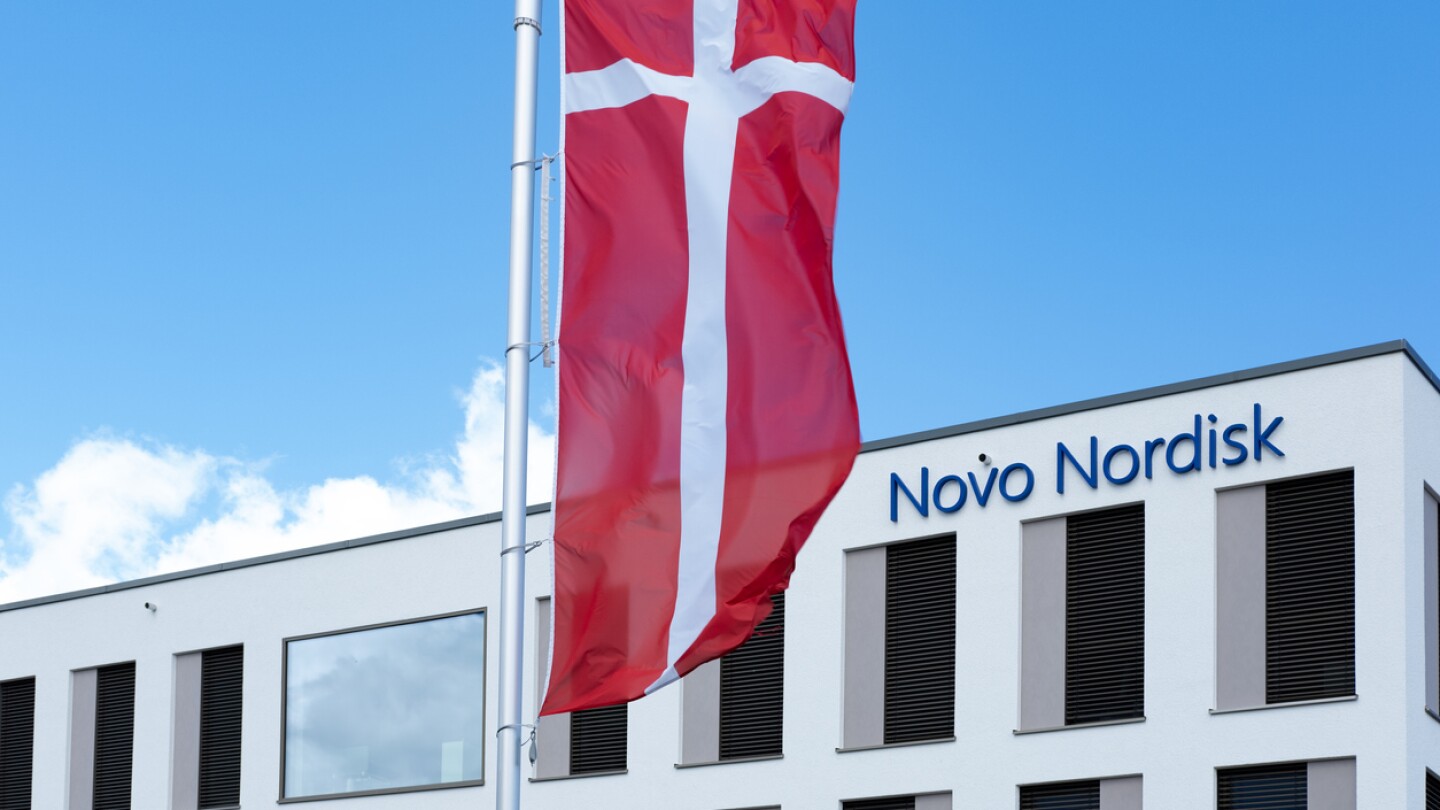GLP-1
According to the World Health Organization, GLP-1 receptor agonists are currently being used in a highly medicalized manner. Healthcare systems need to enact more holistic solutions, focusing on health promotion, disease prevention and policy interventions.
Following an appeal by the Danish Medicines Agency, the European Union’s drug regulator will review two new studies that have strengthened the link between Novo Nordisk’s blockbuster GLP-1 and a rare eye disease.
Suddenly the hottest thing in biopharma isn’t a new indication, disease target or modality—it’s manufacturing, and all of pharma is going to be vying for capacity and talent.
The Hansoh deal will let Merck compete in the crowded oral GLP-1 space alongside fellow pharma giants Eli Lilly, Novo Nordisk and Roche.
The letters come amid the Outsourcing Facilities Association’s ongoing lawsuit against the FDA over the regulator’s decision to end the shortage for tirzepatide.
Now that they’ve received the go-signal from both U.S. and EU anti-trust regulators, Novo Holdings and Catalent expect to wrap up their deal in the coming days.
The EMA approved a kidney disease–related label expansion for the blockbuster GLP-1 drug after a study showed reduced risk of death by 20%.
The darlings of the weight loss and diabetes spaces, GLP-1 receptor agonists have shown promise against Alzheimer’s in recent studies—with Phase III results expected next year from Novo Nordisk.
Eli Lilly is aggressively ramping up its manufacturing capacity for tirzepatide as compounding pharmacies continue to challenge an FDA decision to formally end the shortage of the obesity and diabetes drug.
In recent months Novo Nordisk has invested several billions of dollars to boost its manufacturing capacity—including its highly contested $16.5 billion merger with CDMO giant Catalent.
PRESS RELEASES









